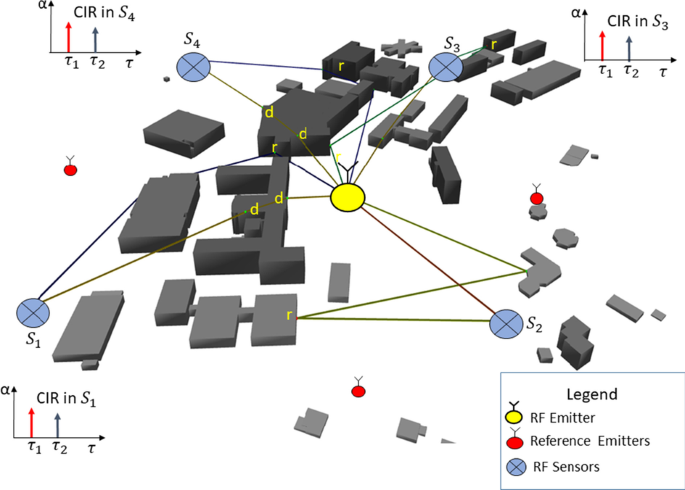
C-V2X supports direct communications with sidelink via the PC5 interface as well as cellular communications via the Uu interface. Cellular V2X (C-V2X), as a next-generation V2X communication technique, has attracted much attention recently. Yosuke Segawa (The University of Electro-Communications, Japan), Suhua Tang (The University of Electro-Communications, Japan), Takaaki Ueno (KDDI Research, Inc., Japan), Tomohiko Ogishi (KDDI Research, Inc., Japan), Sadao Obana (The University of Electro-Communications, Japan)Ībstract: It is expected that continuous development of Intelligent Transportation Systems (ITS) will further improve the safety and convenience of road traffic. Reliable and Efficient Dissemination of Traffic Events Among Vehicles Associated with Different Operators by Using Cellular V2X The effects will be illustrated and potential reasons will be identified. By conducting these experiments it turned out that an increasing number of HARQ processes can lead to a severe impairment of performance. The reliability and the jitter were measured for each simulated data packet in downlink and uplink direction. We integrated the 5G HARQ mechanism and ran simulations with different numbers of active processes.

We modelled four different advanced vehicular use cases (video streaming, parallel running applications in several vehicles, remote driving and cooperative perception via V2I) and simulated all of them with different parameter sets in two traffic scenarios. In this paper, we modified the recently introduced OMNeT++ framework 5G-Sim-V2I/N for such a use case evaluation. Regarding the evaluation of the application capabilities different Quality-of-Service (QoS) metrics are of interest. The importance of such applications will increase with the upcoming 5G mobile technology because different stakeholders, e.g., the 3rd Generation Partnership Project (3GPP) or the 5G Automotive Association (5GAA), define further use cases in that context. Thomas Deinlein (University of Erlangen-Nürnberg, Germany), Reinhard German (University of Erlangen, Germany), Anatoli Djanatliev (University of Erlangen-Nuremberg, Germany)Ībstract: Many vehicular use cases are already based on V2I (Vehicle-to-Infrastructure) and V2N (Vehicle-to-Network) driven applications. Considering a realistic road traffic scenario with a highway tunnel, we assess the impact of mode switch latency on the data transmission for a selected mode switch strategy.Įvaluation of the 5G Data Plane for Advanced Vehicular Use Cases with 5G-Sim-V2I/N The present work aims to understand the different phases of the mode switching procedure and to study the latency involved in each phase for both switching scenarios, mode 3 to 4and vice versa. In situations with imperfect cellular coverage by base stations, a vehicle needs to perform mode switching.

The modes are also referred to as "managed" and "unmanaged" mode, or mode 3and mode 4, respectively. When a vehicle is outside of cellular coverage,it allocates its resources autonomously. In Cellular-V2X standardization, two resource allocation modes have been specified: when a vehicle is located inside the coverage of the cellular network, the corresponding base station manages the transmission resources for the direct message exchange. A key requirement of the applications is to facilitate uninterrupted exchange of messages among the vehicles irrespective of whether the vehicles are inside a base station coverage or not. These applications primarily rely on periodic broadcast of small-sized periodic messages and event-triggered notification messages. Wednesday, December 16 16:00 ‑ 16:10(CET)Īnupama Hegde (Technische Hochschule Ingolstadt, Germany), Andreas Festag (Technische Hochschule Ingolstadt & Fraunhofer Institute for Transportation and Infrastructure Systems IVI, Germany)Ībstract: Cellular-V2X aims at supporting road safety and traffic management applications and introduces sidelink (PC5)as a new interface. S8: E/E Architectures and In-Vehicle Communication


 0 kommentar(er)
0 kommentar(er)
